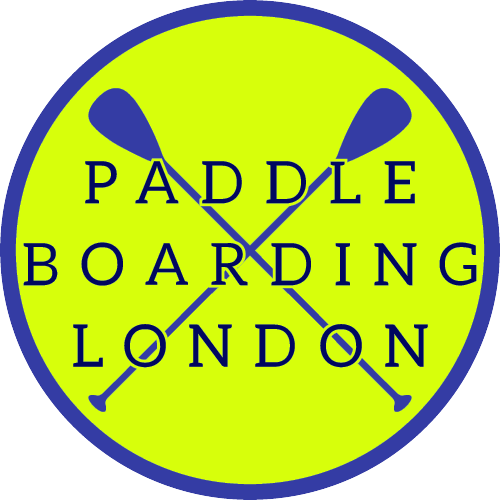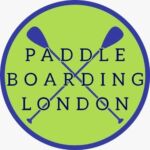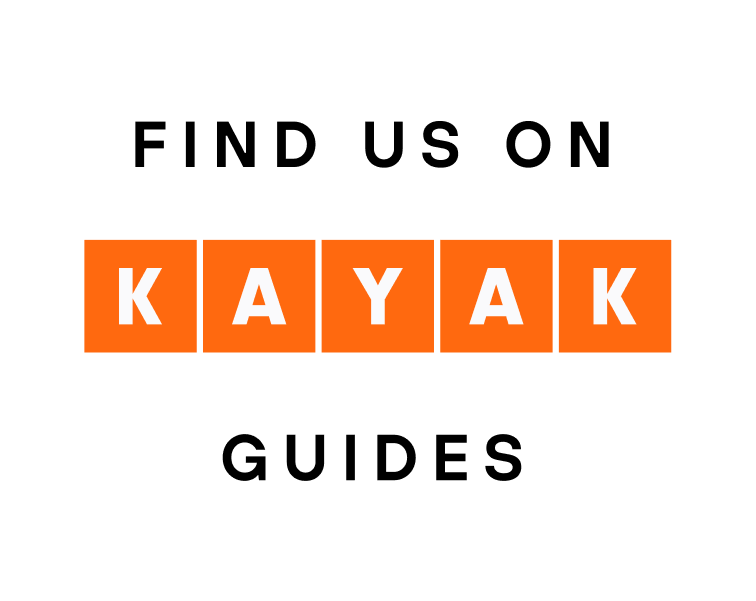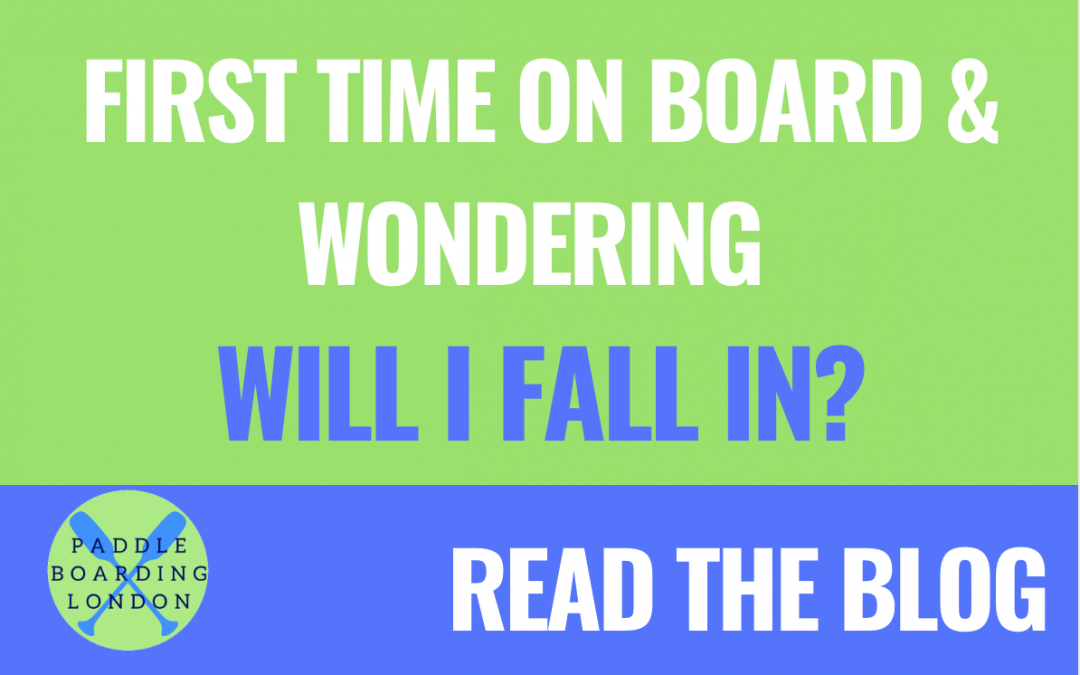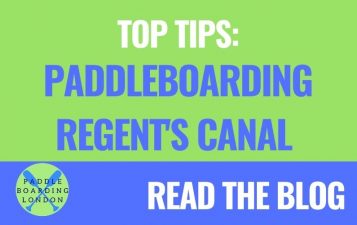
Top Tips for Paddleboarding Regent’s Canal
Top Tips for Paddleboarding Regent’s Canal
We may be a tiny bit biased, but it has to be one of the most picturesque paddles in London
We operate on the intimate 14-kilometre waterway called Regent’s Canal in London. The canal runs between Little Venice with its colourful collection of narrowboats, through Regent’s Park, where it’s overlooked by London Zoo’s aviary, along to Camden, where we are based, and further on to the newly redeveloped King’s Cross, before dropping down to meet the River Thames at Limehouse. It’s such a beautiful place to paddle. If you’ve got your own board, but don’t fancy joining us, here are our top tips for exploring this part of London from a totally new angle:
Do I really need a license?
Yes, the use of a paddleboard, or any other portable, unpowered craft on the majority of inland waterways, requires a license obtainable from the relevant authority. On Regent’s Canal, there are two license options:
- Short term or 30-days explorers’ license from the Canal and River Trust
- If you paddle regularly, instead of getting individual waterways licenses, it’s worth getting the annual membership of British Canoeing, which includes a license to paddle over 4,500 km of canal and river navigations. It’s got the added benefit of including insurance, which grants legal liability cover following negligence, nuisance or trespass.
How do I navigate?
Regent’s Canal is no playground. Especially during the summer months, the canal is highly trafficked. There are professionally skippered waterbuses, tour boats and a variety of restaurant and party boats. Narrowboats and leisure boats travel up and down. Small electric GoBoats are available for hire by the hour at Paddington Basin. Groups of up to eight people bring their picnics along and merrily cruise the scenic route up to Camden and back. Adding to the mix are all the unpowered craft beyond SUPs – kayaks, canoes, row boats and even floating hot tubs.
International waterway rules apply – this means you’re to travel on the right hand side. On Regent’s Canal, when there is no traffic, we steer down the centre. When meeting traffic, we move to the right-hand side. It’s good to indicate your intentions early – larger craft need deeper water and room to manouver. Don’t trust them to see you, steered from the back, they often have poor visibility. Colliding with a 20-30 ton boat would not be sensible. We are also cautious when approaching blind bridges, bends and junctions. Usually the larger boats give a long blast with the horn before, but you can never be sure. The maximum speed limit is 4mph on the canal, so there should never be too much wash.
What about locks?
The rule is simple – paddleboarders portage at locks on Regent’s Canal. Luckily, the stretch between Little Venice and Camden is completely lock-free. Heading further east, there are a total of 13 locks before reaching the River Thames at Limehouse. Lock operation causes turbulence inside the lock chamber. On CRT waters, unless authorised, we cannot stay on board SUPs in a filling or emptying lock. Instead, it is quicker, safer for more efficient for us get off our boards and carry them around locks. It’s a great added workout!
Can I traverse tunnels?
The short answer is “No, the tunnels on this canal are not open to unpowerered craft”. There are two tunnels on Regent’s Canal:
- Maida Hill Tunnel at the very start of the canal, just beyond Little Venice, is 249 metres long and completely straight, without a towpath. It’s a one-way tunnel. Please check the tunnel port signage, but currently SUPs can only navigate through the tunnel with pre-authorisation. Lone transits are never allowed.
- Islington Tunnel running beneath Islington from Caledonian Road to Colebrooke Row, is 878 meters long, without a towpath. It too is a one-way tunnel without a single way traffic way system.
Are there any other safety considerations?
Perform all your usual safety checks before launching on a SUP adventure on Regent’s Canal. We always check weather forecast, stream conditions and navigation and closure notices, which are available on the Canal and River Trust website. We are particularly careful with wind forecast, both constant and gusts, because with our inflatable boards, we are vulnerable to the effect of wind.
We wear coiled ankle leashes and require the use of buoyancy aids unless self-rescue skills have been demonstrated.
If in any doubt about your paddle excursion, please visit the CRT website. There’s a really helpful chat function.
We’d love for you to come paddle with us to get you started on this lovely stretch of the canal. Check out our schedule here or if you’re passing by be sure to give us a wave.
Anything else I should know?
Just the most important rule of all – have fun!
Connect With Us
Share This
[addthis tool="addthis_inline_share_toolbox_3m16"]
